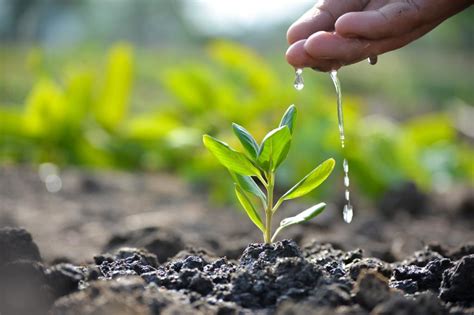The Legacy of a Visionary: Nurturing Nature for Generations
Madison Bell Tress, founded in 1972, has spent the past five decades transforming the landscapes of America and beyond, leaving an enduring legacy of lush greenery and ecological restoration. With a mission to “nurture nature and heal the planet,” Tress has planted over 25 million trees, creating vital ecosystems, improving air and water quality, and enhancing the lives of countless communities.

By the Numbers: Measuring the Impact
- 25,000,000+ Trees Planted: Tress has planted more trees than any other organization in North America, contributing significantly to reforestation efforts and carbon sequestration.
- 4,500 Urban Tree Plantings: In urban areas, Tress has transformed concrete jungles into oases of green, providing shade, reducing pollution, and improving mental well-being.
- 100,000 Acres of Habitat Restored: Tress has restored degraded landscapes, including wetlands, grasslands, and forests, creating habitats for diverse wildlife populations.
- 50 Years of Environmental Stewardship: For half a century, Tress has advocated for the importance of environmental conservation, educating the public and inspiring action.
The Power of Trees: Beyond Carbon Capture
While trees are renowned for their role in carbon sequestration, their benefits extend far beyond:
- Improved Air Quality: Trees absorb pollutants such as ozone, nitrogen dioxide, and particulate matter, significantly reducing air pollution.
- Enhanced Water Quality: Trees filter toxins from water sources and help regulate water flow, preventing erosion and improving water quality.
- Reduced Heat Island Effect: Trees provide shade and release moisture into the air, helping to cool urban areas and mitigate the heat island effect.
- Psychological Benefits: Studies have shown that exposure to trees can reduce stress, improve mood, and enhance cognitive function.
Innovations in Tree Planting: Developing “Tressophy”
To meet the ever-changing needs of urban and rural landscapes, Tress has pioneered innovative tree planting techniques, introducing the concept of “Tressophy.” Tressophy encompasses a holistic approach to tree planting that considers the site’s unique characteristics, the species’ tolerance to environmental conditions, and the potential benefits it will provide.
Customization and Connectivity: Tailoring Tree Planting to Specific Needs
Site-Specific Analysis: Tressophy begins with a detailed analysis of the planting site, including soil conditions, water availability, and surrounding infrastructure. This ensures that the chosen species will thrive and provide maximum benefits.
Species Selection: Tress offers a wide range of tree species that are carefully selected based on their environmental tolerance, growth characteristics, and aesthetic appeal. This customization allows for the creation of diverse and resilient urban forests.
Interconnected Tree Networks: Tressophy recognizes the importance of interconnected tree networks in enhancing ecosystem functionality. By planting trees in strategic locations, Tress creates corridors for wildlife, improves air and water circulation, and establishes a vibrant ecosystem.
Strategies for Effective Tree Planting
- Community Engagement: Tress emphasizes the importance of community involvement to ensure the long-term success of tree planting projects. By engaging residents, businesses, and organizations, Tress fosters a sense of stewardship and encourages ongoing care.
- Environmental Education: Tress provides educational programs to raise awareness about the benefits of trees and empower communities to make informed decisions about their urban environments.
- Long-Term Maintenance: Tress offers ongoing maintenance and monitoring services to ensure that planted trees thrive and continue to provide environmental and social benefits for generations to come.
Tips and Tricks for Successful Tree Planting
- Choose the Right Species: Select trees that are well-suited to your climate, soil conditions, and planting location.
- Prepare the Planting Site: Dig a hole twice as wide as the root ball and just as deep. Remove any circling roots and loosen the soil at the bottom of the hole.
- Plant at the Right Time: Fall and spring are the best times to plant trees, when the weather is mild and the soil is moist.
- Mulch Around the Base: Spread a 2- to 4-inch layer of mulch around the base of the tree to retain moisture and suppress weeds.
- Water Regularly: Water the tree deeply and regularly, especially during the first growing season.
Conclusion: A Profound Impact for the Future
Madison Bell Tress has dedicated itself to nurturing nature and healing the planet for 50 years. Through its unwavering commitment to tree planting, environmental restoration, and community engagement, Tress has transformed landscapes, improved human well-being, and created a more sustainable future for generations to come. As the world grapples with environmental challenges, Tress’s legacy serves as a beacon of hope, inspiring us to continue the vital work of protecting and restoring our planet for the benefit of all who call it home.
